18 Fascinating Historical Sites to Visit in Asia
Asia is home to some of the world’s most remarkable historical sites, each offering a glimpse into the past. From ancient temples to grand palaces, these landmarks tell stories of civilizations that shaped the world we know today. Visiting these sites is not only a journey through history but also an opportunity to experience the rich cultures of different countries. Whether you’re exploring the intricate carvings of Angkor Wat or standing in awe at the Great Wall of China, something is captivating about these locations. Each site has its own unique charm and historical significance. For those who love history and culture, Asia offers an endless list of fascinating places to discover.
This post may contain affiliate links, which helps keep this content free. Please read our disclosure for more info.
The Great Wall of China, China
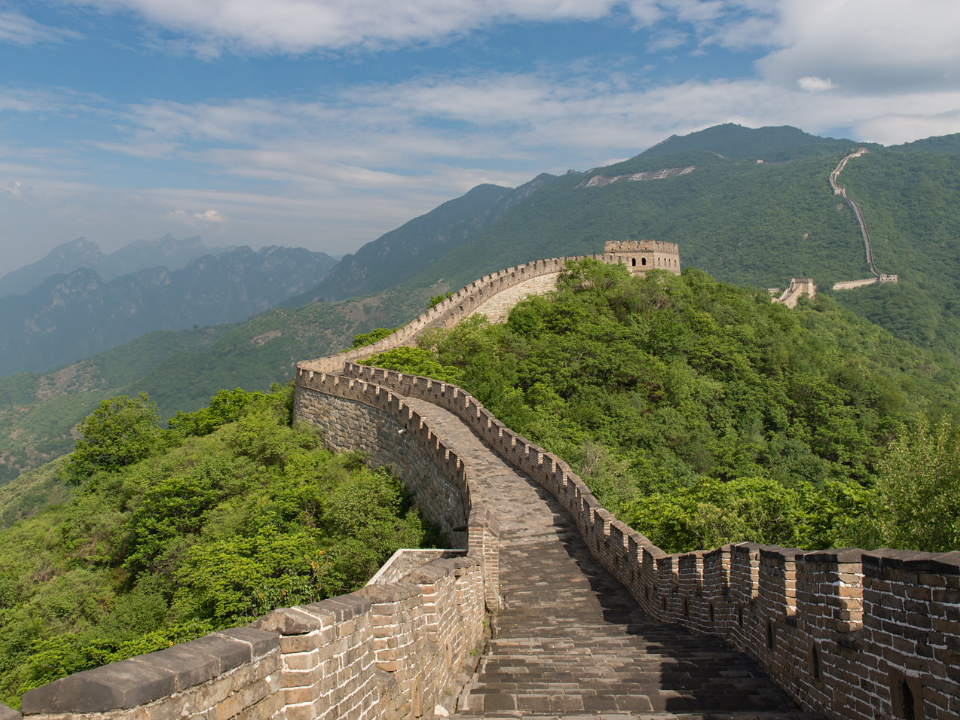
The Great Wall of China is one of the most iconic and impressive historical sites in the world. Stretching over 13,000 miles, this ancient structure was originally built to protect Chinese states from northern invaders. It consists of walls, watchtowers, and fortresses that were constructed over many centuries, with different sections dating back to the 7th century BC. Today, it remains a symbol of China’s rich history and military ingenuity.
Visitors to the Great Wall can walk along various restored sections, such as Badaling and Mutianyu, to enjoy the breathtaking views and experience its historical significance. Although it is a marvel to behold, it also offers insight into the challenges faced by those who constructed it. Hiking along its path offers a glimpse into China’s ancient past and the strategic importance of this vast structure.
Angkor Wat, Cambodia
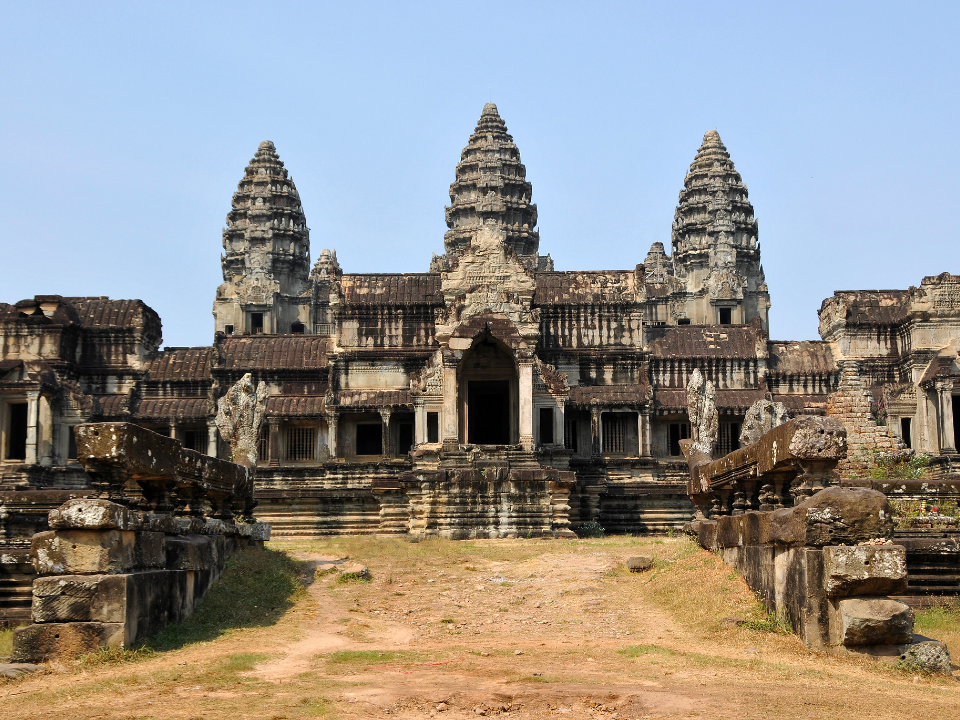
Angkor Wat is the largest religious monument in the world and one of Cambodia’s most treasured landmarks. Built in the 12th century by King Suryavarman II, it was initially constructed as a Hindu temple before gradually becoming a Buddhist site. The temple’s intricate carvings, expansive galleries, and towering spires make it a stunning example of Khmer architecture.
A visit to Angkor Wat allows you to marvel at the detailed bas-reliefs depicting Hindu mythology, as well as the magnificent central towers that represent Mount Meru. This site provides a powerful connection to Cambodia’s cultural and spiritual roots, offering a deeper understanding of the region’s history. It is not only a temple but also a symbol of Cambodia’s strength and resilience.
Taj Mahal, India
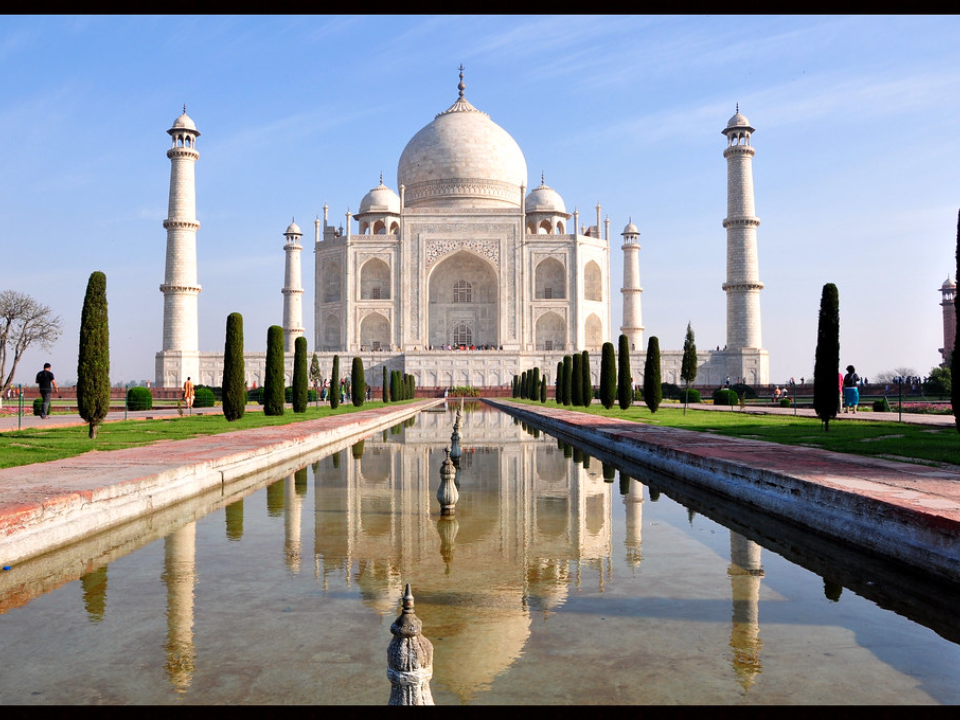
The Taj Mahal in Agra, India, is an extraordinary symbol of love and an architectural wonder. Built by Emperor Shah Jahan in the 17th century as a tomb for his beloved wife Mumtaz Mahal, the white marble mausoleum is renowned for its exquisite symmetry and delicate carvings. The Taj Mahal is also surrounded by lush gardens, reflecting pools, and large gateways that enhance its beauty.
Visiting the Taj Mahal offers a chance to appreciate the blend of Persian, Ottoman, and Indian architectural styles. As you explore the site, you can observe the marble’s intricate details that change color depending on the time of day. The building’s grandeur, combined with its romantic backstory, makes it a must-see historical site in Asia.
The Forbidden City, China
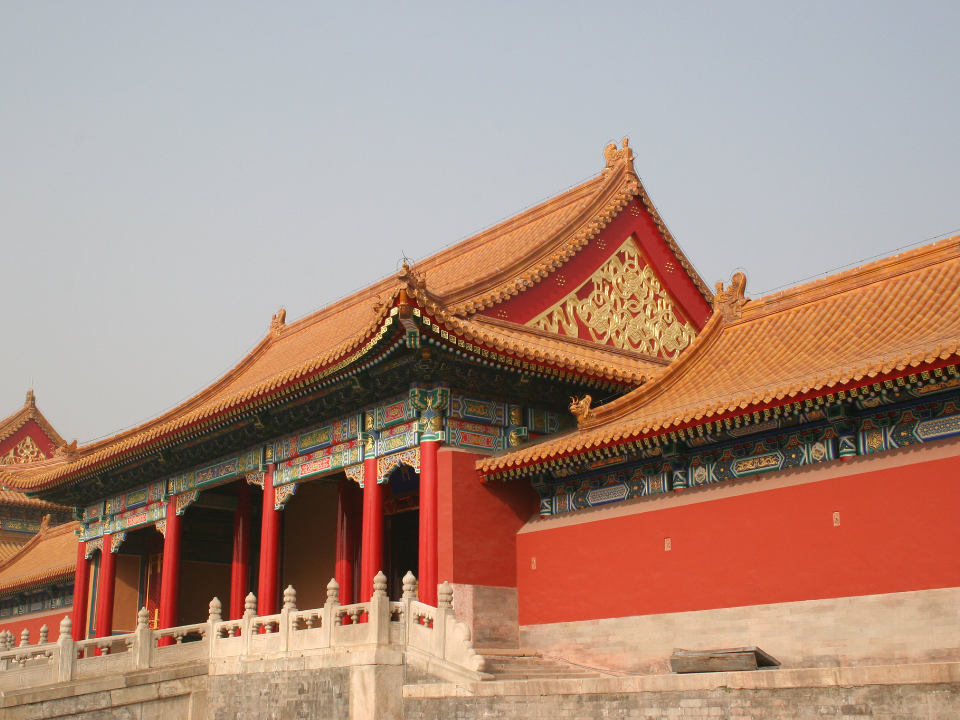
The Forbidden City, located in the heart of Beijing, is an ancient imperial palace that once served as the home of Chinese emperors for almost 500 years. Covering over 180 acres, the complex is made up of nearly 1,000 buildings. It was built during the Ming Dynasty and is now a UNESCO World Heritage site.
As you walk through the Forbidden City, you can explore its stunning courtyards, intricate halls, and beautiful gardens. The palace’s design reflects traditional Chinese concepts of order and cosmology, making it a significant historical and cultural site. A visit here offers a unique window into imperial China and its grand traditions.
Mount Fuji, Japan
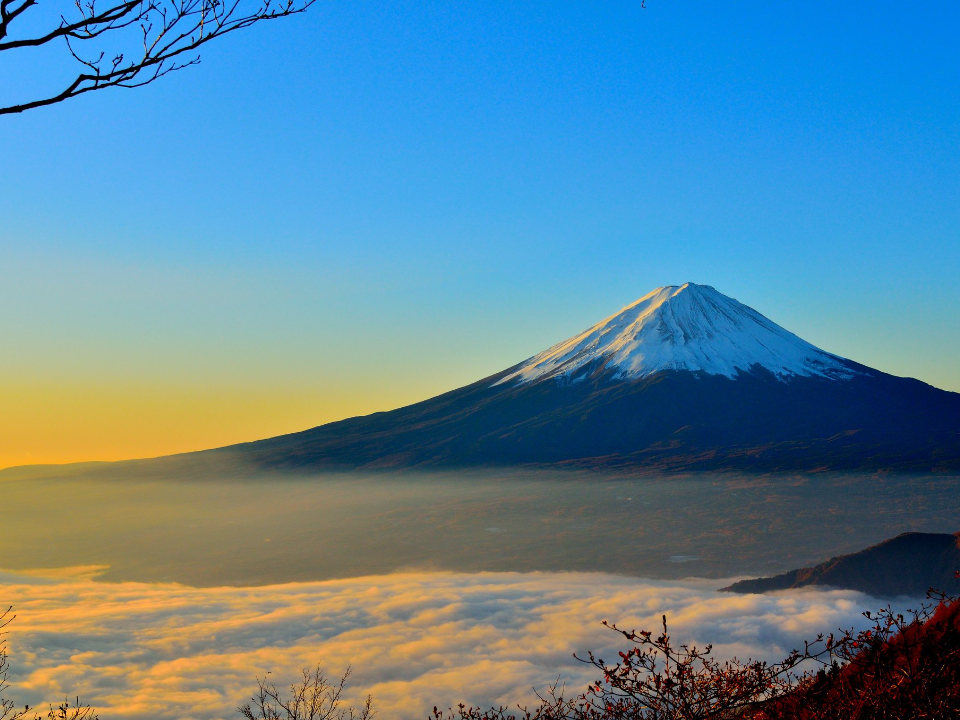
Mount Fuji, Japan’s highest mountain, is both a natural wonder and an important cultural symbol. It has long been associated with Japanese spirituality, art, and literature. The mountain’s symmetrical cone shape has been a subject of admiration for centuries, and it is a popular destination for pilgrims and hikers.
Climbing Mount Fuji is a significant journey, with a trail that takes visitors through forests and rocky terrain. Along the way, hikers are treated to stunning views of the surrounding landscape and distant cities. The mountain’s cultural importance is enhanced by its depiction in various forms of Japanese art, making it a fascinating historical and spiritual site.
Bagan, Myanmar
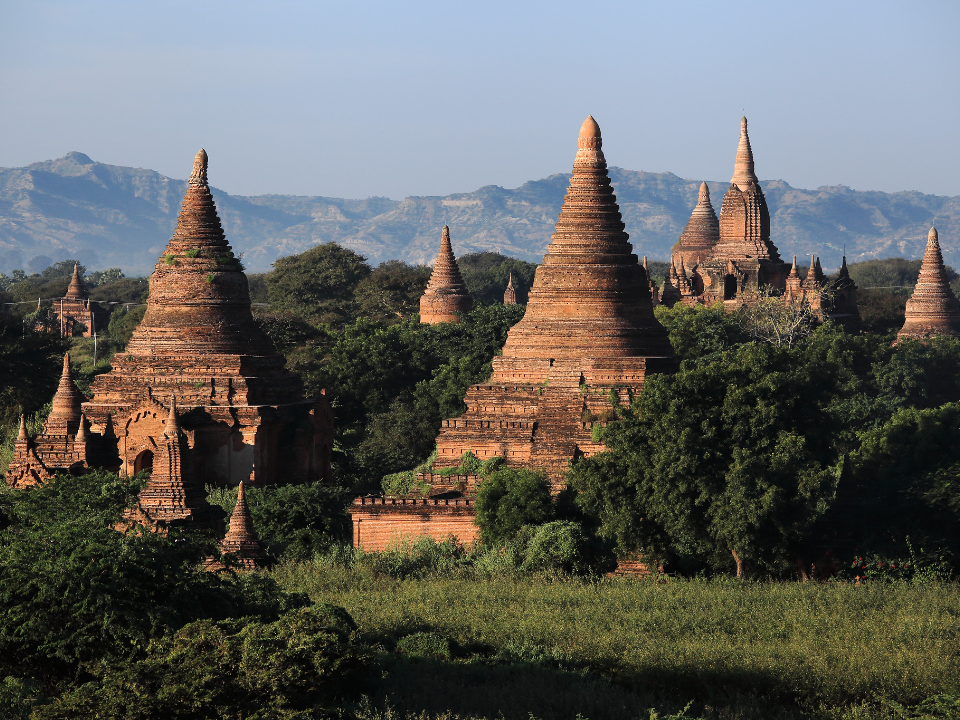
Bagan is an ancient city in Myanmar, known for its thousands of Buddhist temples and pagodas scattered across a vast plain. It was the capital of the Pagan Kingdom from the 9th to the 13th century, and at its height, it housed over 10,000 temples, although only around 2,000 remain today. The temples in Bagan vary in size and design, showcasing the incredible architectural achievements of the time.
Exploring Bagan is like stepping back in time, with each temple telling a unique story about the region’s religious and cultural development. Visitors can climb some of the temples for panoramic views of the entire archaeological site. The beauty and historical significance of Bagan make it one of Southeast Asia’s most fascinating sites.
The Cave Temples of Dambulla, Sri Lanka
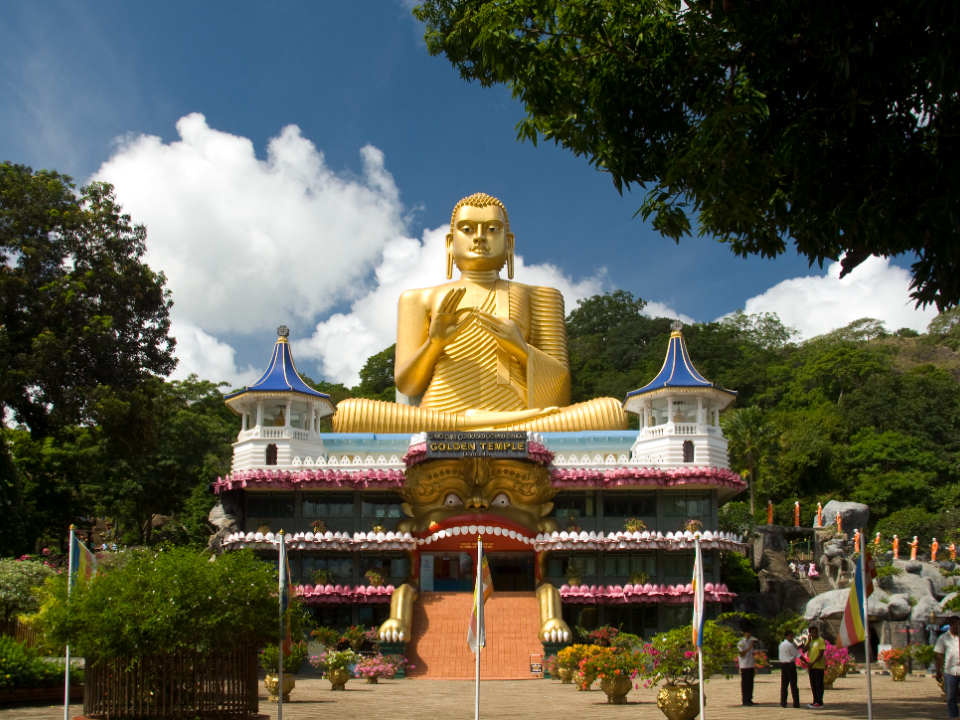
The Cave Temples of Dambulla, located in Sri Lanka, are a series of five caves filled with ancient Buddhist statues and murals. Dating back over 2,000 years, these caves were used by kings as a refuge and later transformed into a significant religious site. The temples are perched high on a rock, offering stunning views of the surrounding landscape.
Inside the caves, visitors can view more than 150 Buddha statues, as well as intricate murals that depict scenes from the Buddha’s life. The site is a testament to the country’s deep religious history and offers a peaceful retreat for those looking to connect with Sri Lanka’s spiritual past. The caves are not only a place of worship but also a remarkable example of ancient craftsmanship.
Petra, Jordan
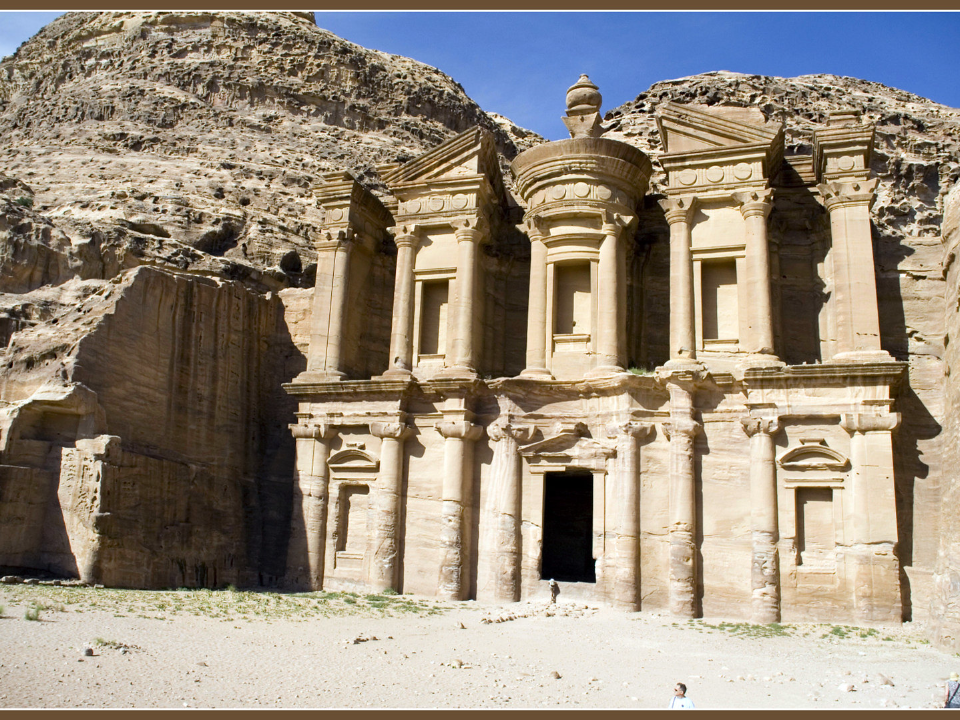
Petra, an ancient city carved into the rose-red cliffs of southern Jordan, is one of the most famous archaeological sites in the world. Founded as early as the 6th century BC by the Nabateans, Petra served as a vital trade center. The city’s most famous structure is Al-Khazneh, also known as the Treasury, which is carved directly into the rock face.
Exploring Petra reveals a rich history of engineering, art, and commerce. Visitors can see the grand façades of temples, tombs, and other buildings, many of which remain remarkably well-preserved. Petra’s breathtaking location and historical significance make it a must-visit destination for anyone interested in ancient civilizations.
Hiroshima Peace Memorial Park, Japan
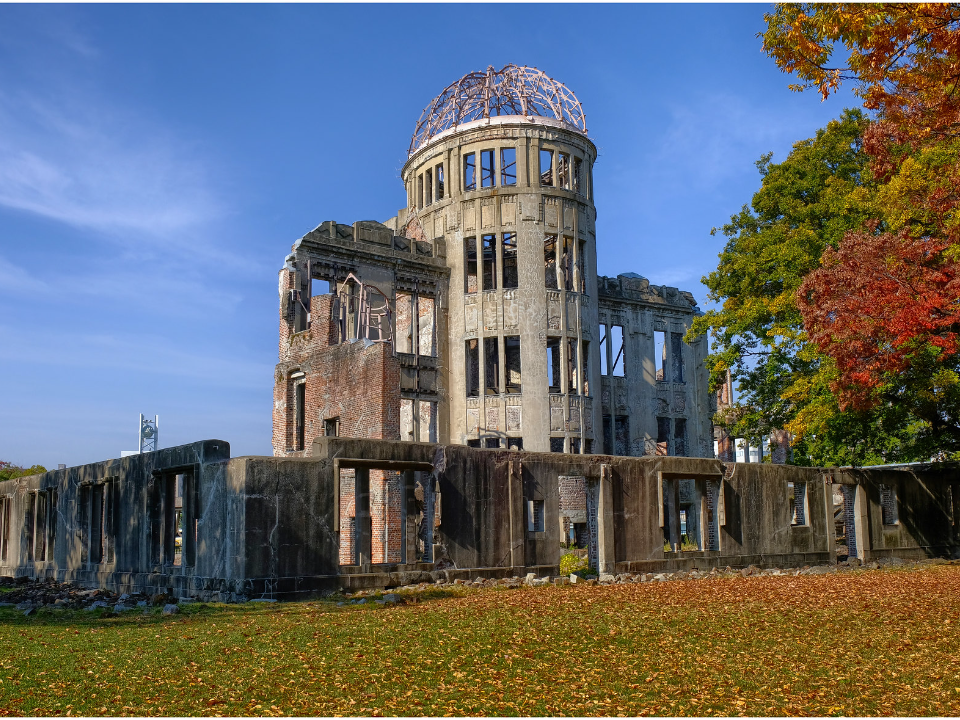
Hiroshima Peace Memorial Park in Japan serves as a poignant reminder of the devastation caused by the atomic bomb in 1945. The park features the Peace Memorial, also known as the Atomic Bomb Dome, which was one of the few structures left standing after the bombing. The memorial serves as a symbol of peace and a call to end nuclear weapons.
The park includes several other monuments, including the Peace Flame and the Children’s Peace Monument, as well as a museum that documents the impact of the bombing. Visiting Hiroshima Peace Memorial Park offers a deeply moving experience that highlights both the horrors of war and the hope for a peaceful future.
The Summer Palace, China
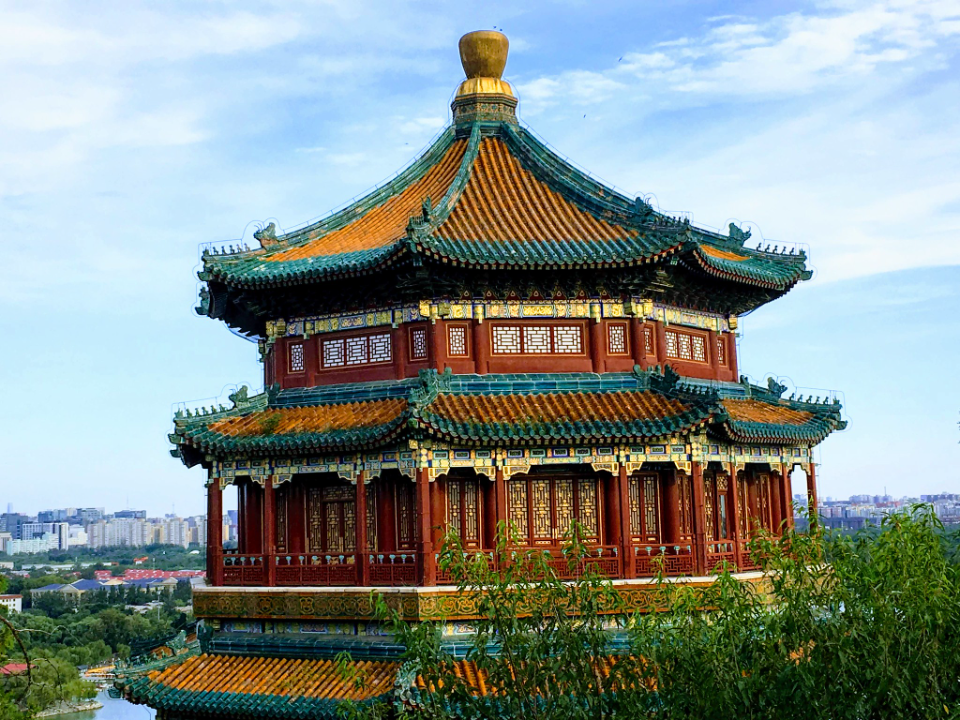
The Summer Palace, located in Beijing, is a vast imperial garden that dates back to the 18th century. It was once the summer residence of Chinese emperors, offering a peaceful retreat from the heat of the city. The palace is known for its beautiful gardens, lakes, and historic architecture.
Walking through the Summer Palace, visitors can explore the Long Corridor, which is adorned with more than 14,000 paintings, as well as the grand marble boat. The site also includes the Tower of Buddhist Incense, which offers a stunning view of Kunming Lake. The Summer Palace is an excellent place to learn about Chinese garden design and imperial life.
Shwedagon Pagoda, Myanmar
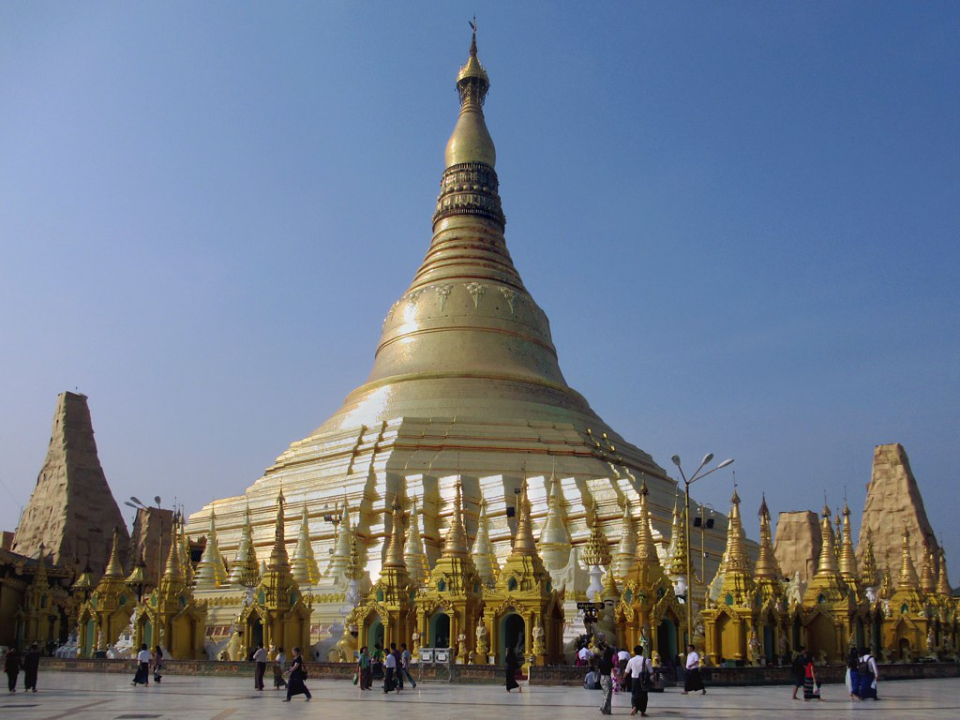
The Shwedagon Pagoda in Yangon is one of the most revered Buddhist sites in Myanmar. The pagoda is believed to be over 2,500 years old and is said to contain relics of past Buddhas. Standing at over 300 feet tall, the pagoda is covered in gold leaf and encrusted with thousands of diamonds and other precious stones.
Visitors can walk around the pagoda and observe the many smaller shrines and statues surrounding it. The site is especially stunning at sunrise and sunset, when the golden spires catch the light. The Shwedagon Pagoda remains a vital place of worship and a symbol of Myanmar’s religious devotion.
Sigiriya, Sri Lanka
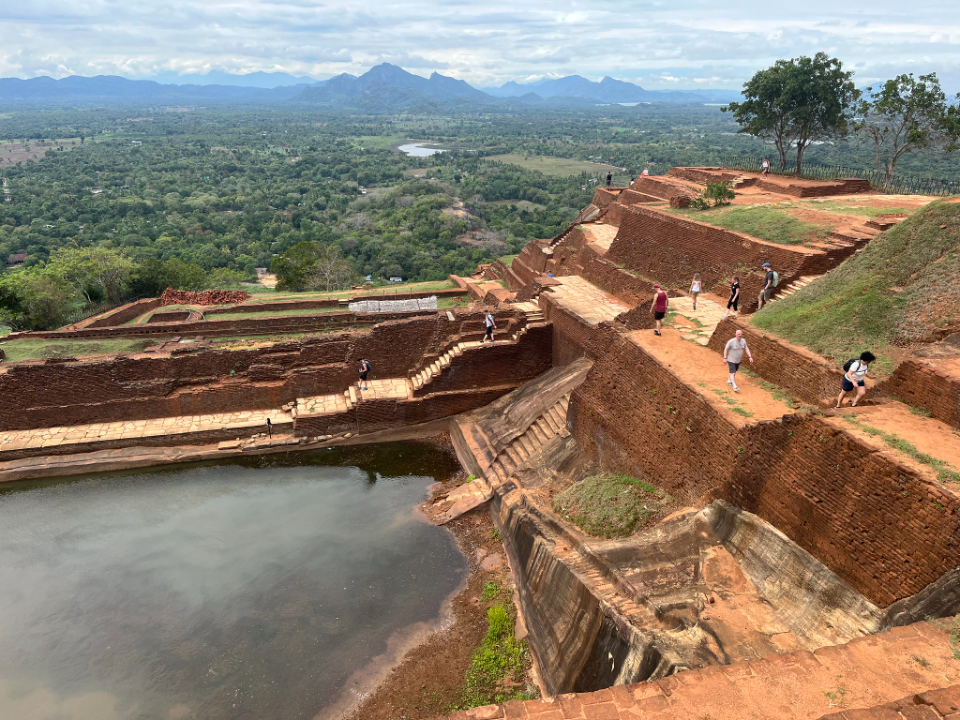
Sigiriya is an ancient rock fortress located in central Sri Lanka. Built in the 5th century, it served as a royal palace and military stronghold. The fortress is perched atop a massive rock and is surrounded by beautiful gardens, ponds, and frescoes.
Climbing Sigiriya is a rewarding experience, with visitors ascending the rock via a series of metal staircases. Once at the top, they are greeted with panoramic views of the surrounding countryside. Sigiriya is one of Sri Lanka’s most remarkable historical sites, showcasing both natural beauty and human ingenuity.
Himeji Castle, Japan
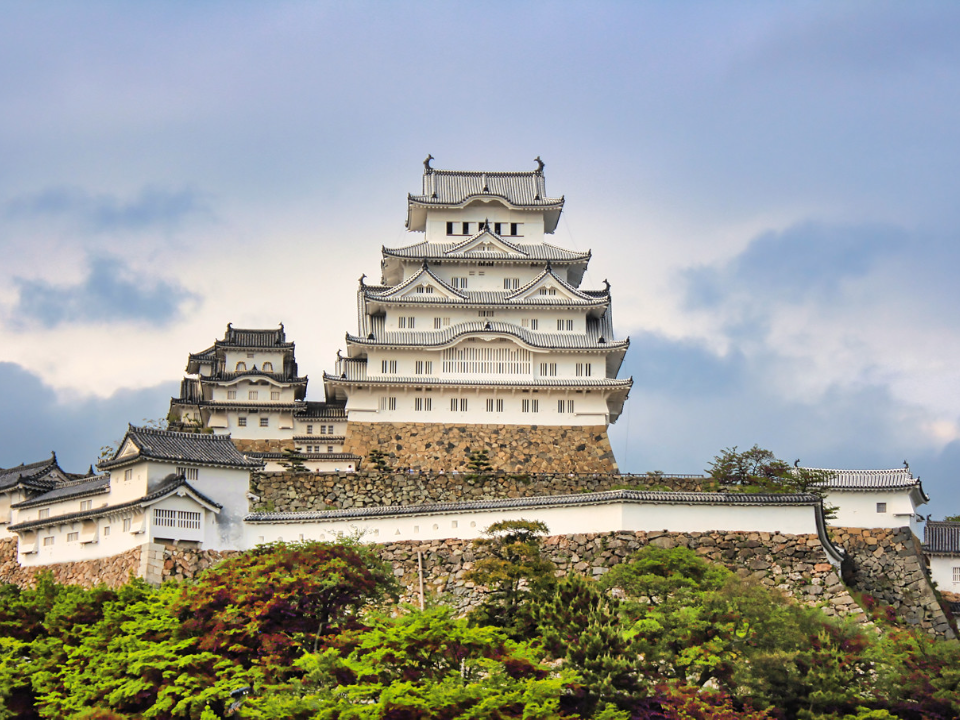
Himeji Castle, often referred to as the White Heron Castle, is one of Japan’s most beautiful and well-preserved castles. Built in the 14th century and later expanded, it is a stunning example of Japanese feudal architecture. The castle’s intricate design and impressive defensive features make it one of the best-preserved examples of a Japanese castle.
Visitors to Himeji Castle can explore its elaborate defenses, including hidden paths, trap doors, and a series of gates that were designed to keep invaders at bay. The castle is surrounded by a large park, offering a peaceful setting for a stroll. Himeji Castle is a UNESCO World Heritage site and remains a symbol of Japan’s rich cultural history.
The Terracotta Army, China
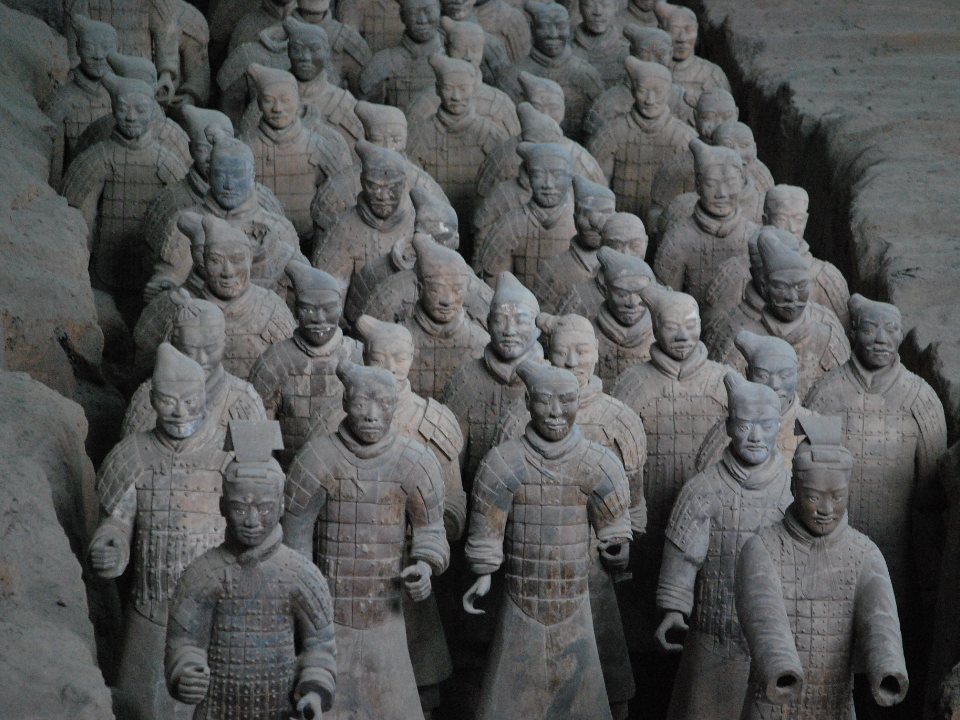
The Terracotta Army is an extraordinary archaeological discovery made in 1974 near Xi’an, China. It consists of thousands of life-sized statues that were buried with China’s first emperor, Qin Shi Huang, in the 3rd century BC. The figures, which represent soldiers, horses, and chariots, were intended to protect the emperor in the afterlife.
Visiting the Terracotta Army offers an up-close view of this incredible collection, each statue with unique features and expressions. The site includes three main pits, where the majority of the statues are located, as well as a museum that showcases artifacts found alongside the army. The Terracotta Army is a must-see for anyone interested in ancient Chinese history and the grandeur of the Qin Dynasty.
Borobudur, Indonesia
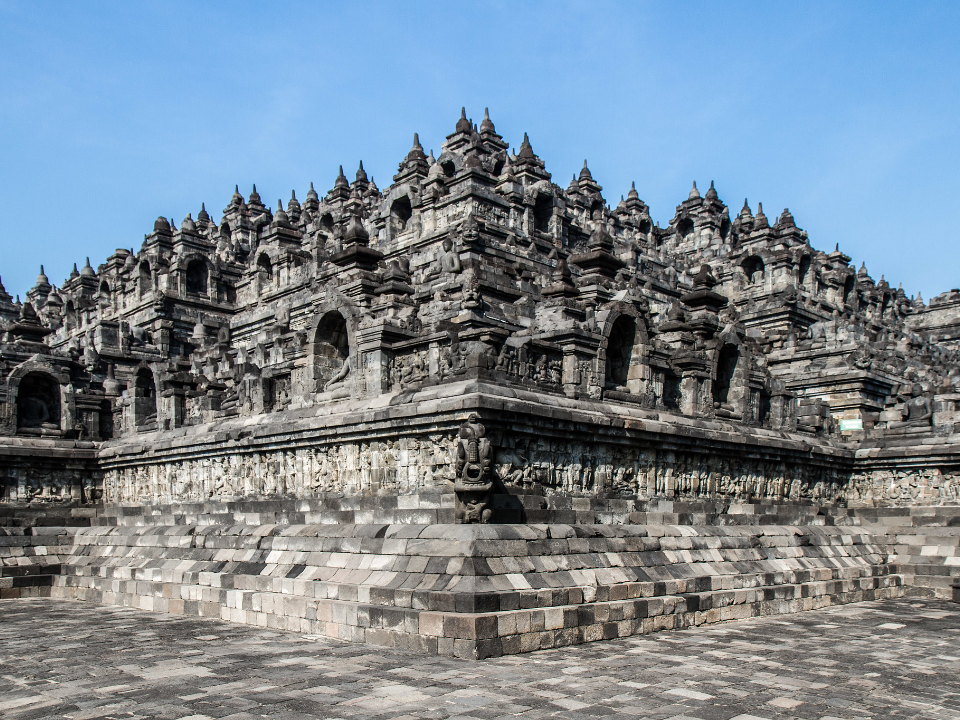
Borobudur is an ancient Buddhist temple located in central Java, Indonesia. Built in the 9th century, it is the largest Buddhist monument in the world. The temple is known for its intricate carvings, which depict scenes from the life of the Buddha and Buddhist cosmology.
Visitors to Borobudur can walk along its terraces, where they will encounter hundreds of statues and reliefs that tell the story of the Buddha’s journey to enlightenment. The site offers panoramic views of the surrounding countryside, adding to its spiritual and historical significance. Borobudur remains an important pilgrimage site for Buddhists and a UNESCO World Heritage site.
Gyeongbokgung Palace, South Korea
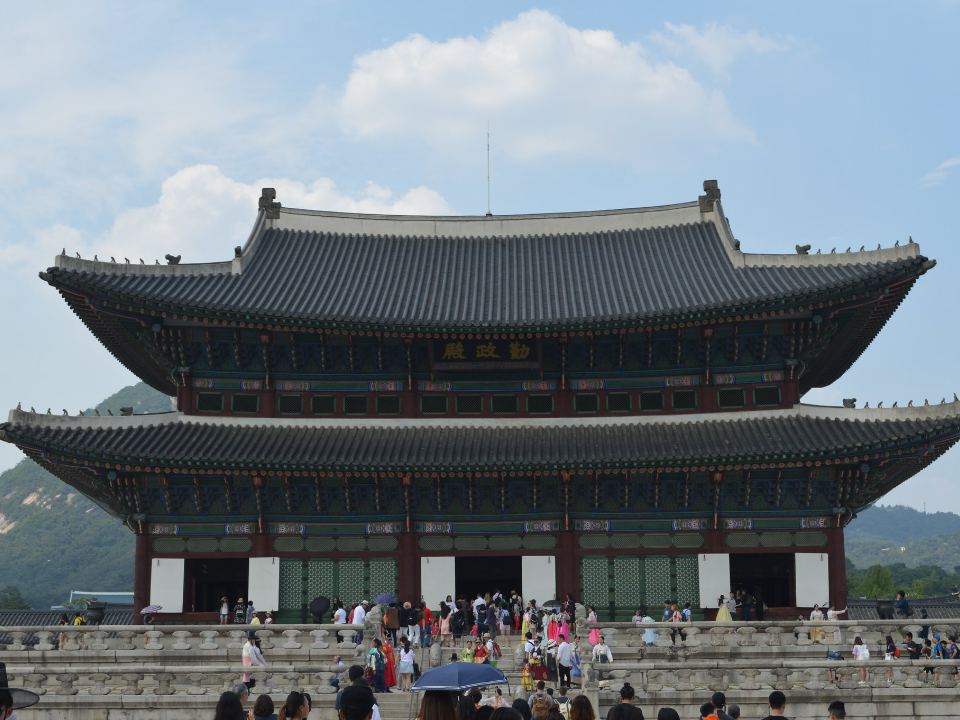
Gyeongbokgung Palace, located in Seoul, is one of the grandest palaces of the Joseon Dynasty. Built in the 14th century, it served as the main royal residence and the center of political life in Korea for centuries. The palace is known for its stunning architecture, traditional Korean designs, and large courtyards.
Visitors to Gyeongbokgung can explore its many halls, gates, and gardens. The changing of the guard ceremony, which takes place at the main gate, is a popular attraction for tourists. The palace offers a glimpse into Korea’s royal past and remains an essential part of the nation’s cultural heritage.
Red Fort, India
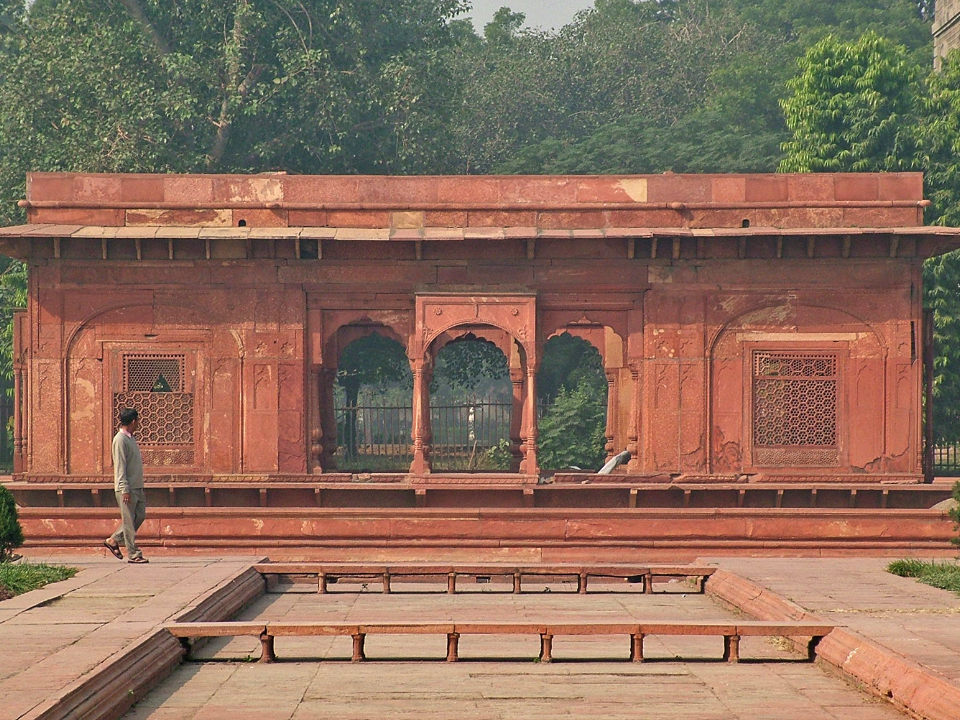
The Red Fort in Delhi is a symbol of India’s Mughal history and one of the country’s most famous landmarks. Built in the mid-17th century by Emperor Shah Jahan, the fort was the center of Mughal power for nearly 200 years. Its massive red sandstone walls and intricate architecture make it a striking sight.
Inside the Red Fort, visitors can explore its various buildings, including the Diwan-i-Am (Hall of Public Audience) and the Diwan-i-Khas (Hall of Private Audience). The fort also houses several museums that showcase India’s rich history. The Red Fort remains an important symbol of India’s heritage and is a UNESCO World Heritage site.
Ayutthaya, Thailand
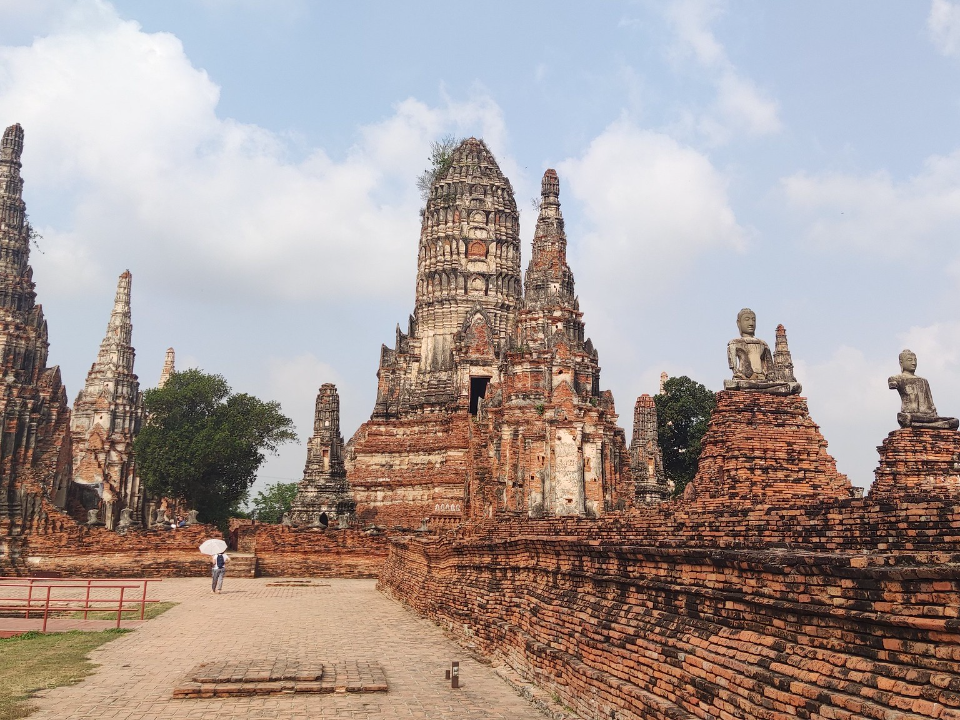
Ayutthaya was once the capital of the Kingdom of Siam and is now a UNESCO World Heritage site. The city was founded in the 14th century and flourished as a major center for trade and culture until it was destroyed in the 18th century by the Burmese. Today, the ruins of Ayutthaya serve as a fascinating reminder of Thailand’s rich history.
The city’s historical park contains many temples, palaces, and statues that reflect its past glory. Visitors can explore the Wat Phra Si Sanphet, Wat Mahathat, and the famous Buddha head entwined in tree roots. Ayutthaya is an important cultural destination for anyone interested in Thailand’s history and its role in Southeast Asia’s development.
This article originally appeared on Avocadu.
